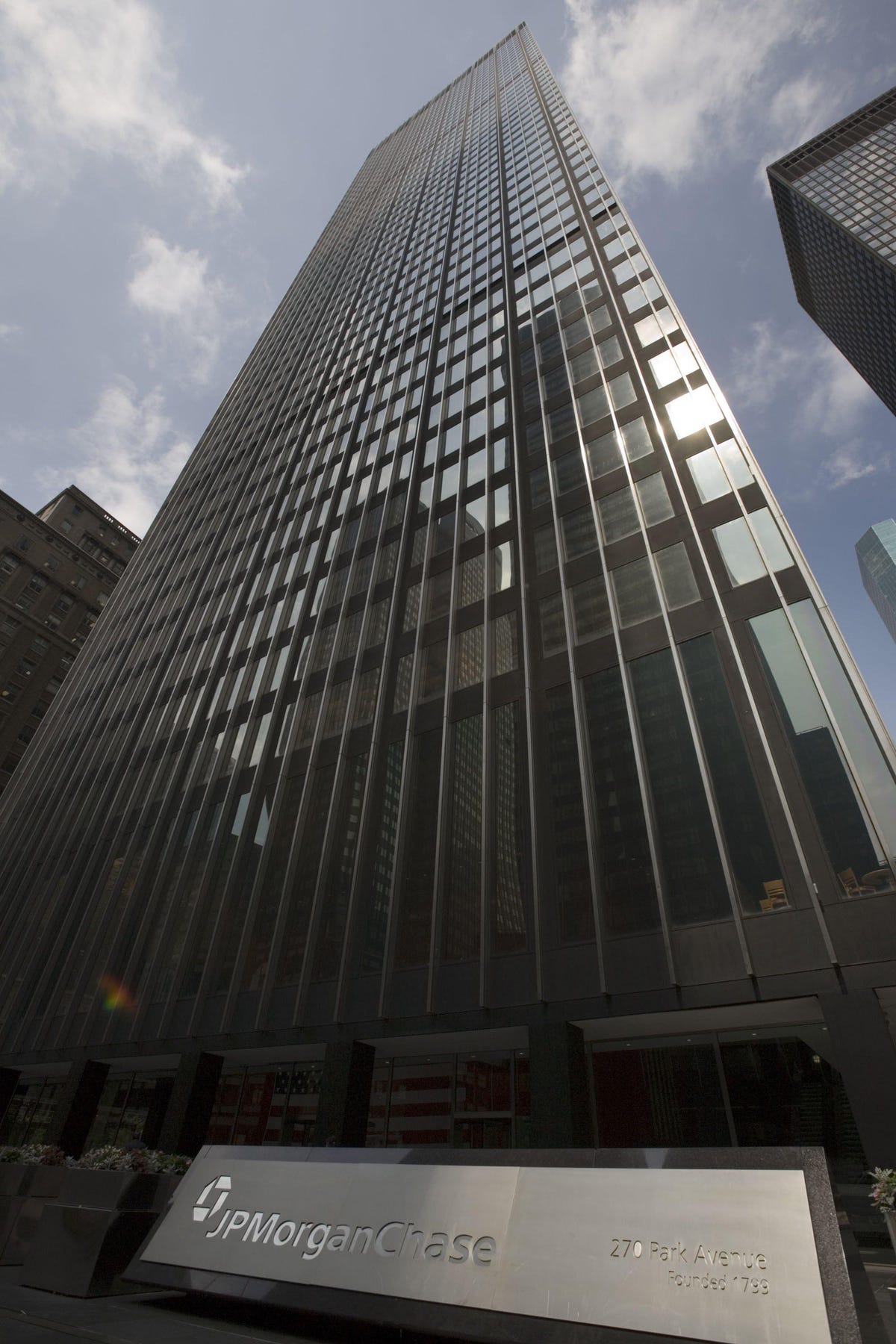Earnings announcements from Citigroup
C
WFC
Recession Signals
Investors and lenders should pay attention to the numerous signals that a recession might materialize in the near-term future. According to the Federal Open Market Committee’s minutes of the March 21st meeting “measures of credit performance showed some signs of weakening. Leveraged loan credit quality deteriorated somewhat after the closures of Silicon Valley Bank and Signature Bank.”
SBNY
While the labor market as a whole has remained tight, a number of sectors such as media and technology have laid off thousands of employees.. Additionally, defaults and probability of default rates have risen in high yield (below investment grade) bonds, and the leveraged loan market has also been under pressure. In the consumer area, credit card portfolios merit investors’ and lenders’ attention. This March retail credit cards experienced their fifth consecutive month of increasing charge-offs. Of concern should also be that consumer spending at retail stores has declined two months in a row.
Increased Credit Provisions
Together with the investors banking turmoil in March, recession signals are rightly influencing bank risk managers to reevaluate the level of credit risk in their loan and bond portfolios. This is important because if these portfolios’ credit quality deteriorates, banks will need to increase their holdings of high-quality liquid assets (HQLA) to meet cash outflows especially in periods of stress. Additionally, banks will have to increase their capital allocations to sustain unexpected losses. Both of these actions in turn will cause banks to tighten their underwriting standards, which inevitably leads to lending less and to higher rates of underwritten loans.
In the first quarter of 2023, Wells Fargo increased its provisions for credit losses by 25% in comparison to the fourth quarter of 2022. This is a significant change from a year ago during the first quarter of 2022 when it actually reduced those provisions. Of the four banks that reported earnings on Friday, Wells Fargo had the highest increase in provisions for credit losses. Wells Fargo had credit losses of $564 million, an 85% increase from the same period in 2022. The loan categories to watch out for at Wells Fargo’s are its commercial real estate loans, especially office loans, as well as its credit card portfolio and auto loans.
JP Morgan’s total provision for credit losses of $2.3 billion is close to unchanged from the last quarter of 2022, because the provision for consumer and community banking declined. However, the provision increases for commercial and corporate banking are significant, the provision for credit losses of $2.3 billion, is comprised of net charge-offs of $1.1 billion and a net reserve build of $1.1 billion. The reserve is influenced largely by a net reserve of $726 million in Wholesale and $416 million in Consumer portfolios. JP Morgan risk managers and economists are seeing an increased probability of a moderate recession in part due to lenders reducing their lending. The net reserve in the Wholesale group included a net reserve for single name exposures in the Corporate portfolio. In a likely sign of how high interest rates are impacting consumers, JPMorgan had net charge-offs of $1.1 billion, a rise of $555 million, largely driven by Card Services.
Citigroup increased its provisions for credit losses by seven percent. And in comparison to the first quarter of 2022, the provision is over 160% higher. Additionally, Citigroup’s credit losses this quarter were 10% higher than the last quarter of 2022 and 49% higher than the first quarter of 2022. In light of Citigroup’s rise in credit losses and the market signals showing softening in the economy, the increase in credit provisions is the right decision.
PNC significantly decreased its provisions for credit losses from the last quarter of 2022. The provisions this quarter, however, are a marked change from the first quarter of 2022 when the bank released provisions. PNC did increase allowances for loan losses in home equity, consumer loans, and credit card portfolios.
Liquidity Coverage Ratio
Presently, these four banks are meeting the Basel III Liquidity Coverage Ratio. This ratio is important, because it demonstrates whether banks have sufficient high quality liquid assets to cover net stressed cash outflows for 30 days.
JP Morgan’s bank liquidity coverage ratio in simulated stressed conditions is significantly above U.S. Basel III recommendations. Yet, the ratio is at a lower level than in 2022. I am not too worried about this given its healthy level; however, given how quickly liquidity concerns can arise, this trend merits observation.
At 120%, Citigroup’s LCR is also above the minimum requirement. Wells Fargo’s liquidity coverage ratio is 122%, a slight improvement from the same period in 2022, when it was 119%. PNC’s average LCR this quarter was 103%, which was just slightly above the minimum requirement of 100%; on the last day of this quarter PNC’s LCR was at 130%.
Next week, market participants should be looking at regional banks’ earnings releases. By definition, regional banks are concentrated on the asset and liability side of their balance sheets. Given that Citigroup, JP Morgan, PNC, and Wells Fargo represent over half of the domestic banking assets of the top ten banks in the U.S., I would expect that next week when more banks report earnings, they too, will be preparing for a recession.
Other Recent Articles By This Author:
Investors Eyes Should Be On Leveraged Finance Markets
Deutsche Bank Should Disclose Its Current Liquidity Levels To Investors
From Ferdinand Marcos To Russian Oligarchs, Troubled Credit Suisse Is A Repeat Offender
How Trump’s Deregulation Sowed the Seeds for Silicon Valley Bank’s Demise
Warning Signals About Silicon Valley Bank Were All Around Us
High Interest Rates Will Continue To Challenge Most Sectors Of The Economy
Leveraged Loan Default Volume In The U.S. Has Tripled This Year
Probability Of Default Is Rising For High Yield Bonds And Leveraged Loans
The U.S. Leveraged Finance Market Is At A Record $3 Trillion
Read the full article here










